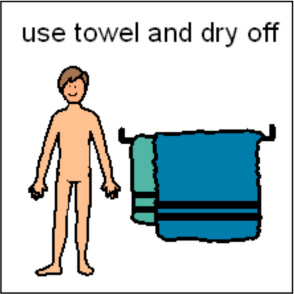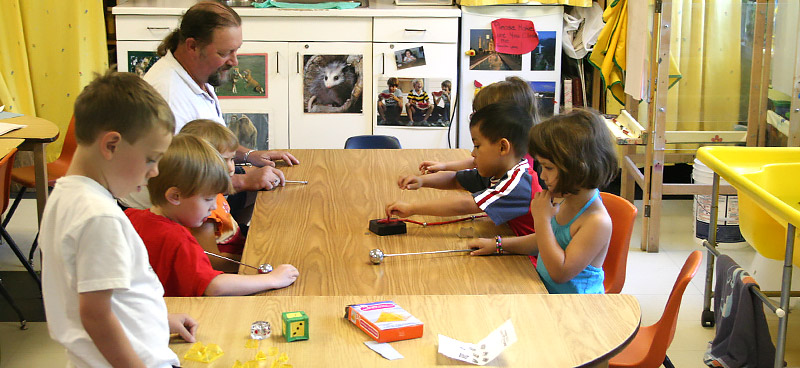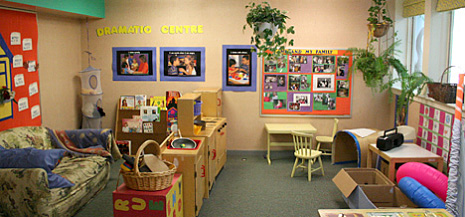What is the Power of Attorney for Personal Care?
In a Power of Attorney for Personal Care, an individual appoints another person to make personal care decisions on his/her behalf in the event that the individual becomes unable to do so. The Power of Attorney for Personal Care is a legal document. The Substitute Decisions Act provides legislative authority for individuals to appoint Powers of Attorney for Personal Care. The Act also sets out guidelines for attorneys to follow in making personal care decisions on behalf of an individual.
Why is it important to consider appointing a Substitute Decision-Maker for Personal Care as one gets older?
Getting older may require changes in how a person makes decisions about the care he/she receives. For example, a chronic health condition may interfere with an individual’s ability to understand the choices he/she faces and to make a decision for needed care. An accident could cause a sudden change in an individual’s decision-making capacity.
All adults in Ontario are encouraged to identify an Attorney for Personal Care (substitute decision-maker) who can make certain decisions if required. The Power of Attorney document provides a safeguard against decisions being made by others who do not know the person well.
How is a Power of Attorney put in place?
There is no single formula for choosing the substitute decision-maker. It must be done with due consideration for the needs of the individual and who can best ensure the individual’s wishes are respected if he/she cannot make personal care decisions. There are also some legal requirements that limit who can become a substitute decision-maker.
The process of giving authority to someone else for personal care decisions can include the following steps:
- Describe in detail how decisions are made now.
- Review with the person, what is important to him/her (beliefs, values, preferences and wishes).
- Identify the details of what the person wants a substitute decision-maker to do in the event that he/she can no longer make decisions.
- Identify the substitute decision-maker(s).
- Create the Power of Attorney.
A document that assigns the Power of Attorney is signed and dated by the person appointing the attorney. Two witnesses must watch the person do this and then must sign the document in the presence of that person and in the presence of each other. The resulting legal document is known as a Power of Attorney for Personal Care. The witnesses must be at least 18 years old and may not be the spouse or child of the person granting the power of attorney, the person appointed as the attorney or his or her spouse.
Why should a lawyer be involved in establishing a Power of Attorney?
Since the Power of Attorney is a legal document and the appointment of substitute decision-maker(s) is a very significant event, it is recommended that a lawyer be consulted in all cases. The lawyer can provide help with final wording to ensure it is done correctly and that the person’s wishes are fully protected.
What if the older adult cannot name the Substitute Decision-Maker?
In the case of some adults with a developmental disability who are unable to identify the decision-maker, it may be necessary for a guardian of the person to be appointed by the Consent and Capacity Board. The Board can appoint for personal care decisions under the Health Care Consent Act and for property decisions under the Substitute Decisions Act. For more information on the Board see Section III D. – Consent and Capacity Board.
What can the Substitute Decision-Maker do?
Power of Attorney for Personal Care allows the substitute decision-maker(s) to make decisions related to personal care, such as health care, shelter, clothing, nutrition and safety. The scope of these decisions is defined in the Power of Attorney document.
A companion document to the Power of Attorney for Personal Care is the Health Care Directive, also known as a “Living Will”. The Health Care Directive is the means by which an individual gives directions about medical treatment to health care providers. A copy of the Directive should be provided to the Attorney for Personal Care so he/she is clear about the individual’s treatment preferences. For more information on Health Care Directives see Section III C. – The Health Care Directive.
Who can be an Attorney for Personal Care?
The person named as attorney for personal care must:
- Not be someone who is paid to provide the individual with health care, residential, social, training or support services unless the person is a spouse, partner or relative.
- Be mentally capable.
- Be at least 16 years of age.
Can more than one person be named as a Substitute Decision-Maker?
If the person names more than one Attorney for Personal Care then they must also specify how the parties are to make decisions about personal care. There are three options available when there is more than one attorney.
- Joint Decisions: substitute decision-makers must make any decisions together or jointly. No one attorney can act alone.
- Several Decisions: any one of the substitute decision-makers may make a decision on his/her own.
- Joint and Several Decisions: substitute decision-makers can act alone or together depending on circumstances such as who is most readily available.
What if an Attorney for Personal Care has not been appointed?
The legislation provides for a hierarchy of individuals who may make certain types of personal and health care decisions for the incapable person. In the event that no one has been appointed by the individual as an Attorney, the courts will determine who may be appointed as guardian.
While the court appointment provides some protection for the individual, it may be less suitable than an appointment made by the person him/herself.
When does the Power of Attorney for Personal Care take effect?
The Power of Attorney for Personal Care can be created at any time. However, the power of the substitute decision-maker does not come into effect until the person becomes mentally incapable of making decisions for his/her own personal care. Prior to that time, the Power of Attorney can be used to allow the Attorney (the person named as substitute decision-maker) to give and receive information about the individual with service providers. This kind of arrangement allows the Attorney to remain in the communication loop about the individual’s care and health status.
Where can I find more information on Power of Attorney for Personal Care?
- Community Legal Education Ontario (CLEO) Tel: 416-408-4420 or on the web at www.cleo.on.ca
- Advocacy Centre for the Elderly (ACE) Tel: 416-598-2656 or on the web at www.advocacycentreelderly.org/
- Government of Ontario www.e-laws.gov.on.ca/
- Speak to a lawyer.
Sourced from GUIDE TO PERSONAL CARE AND PROPERTY For Older Adults with a Developmental Disability , The Ontario Partnership on Aging and Developmental Disabilities, 2008 http://www.opadd.on.ca











